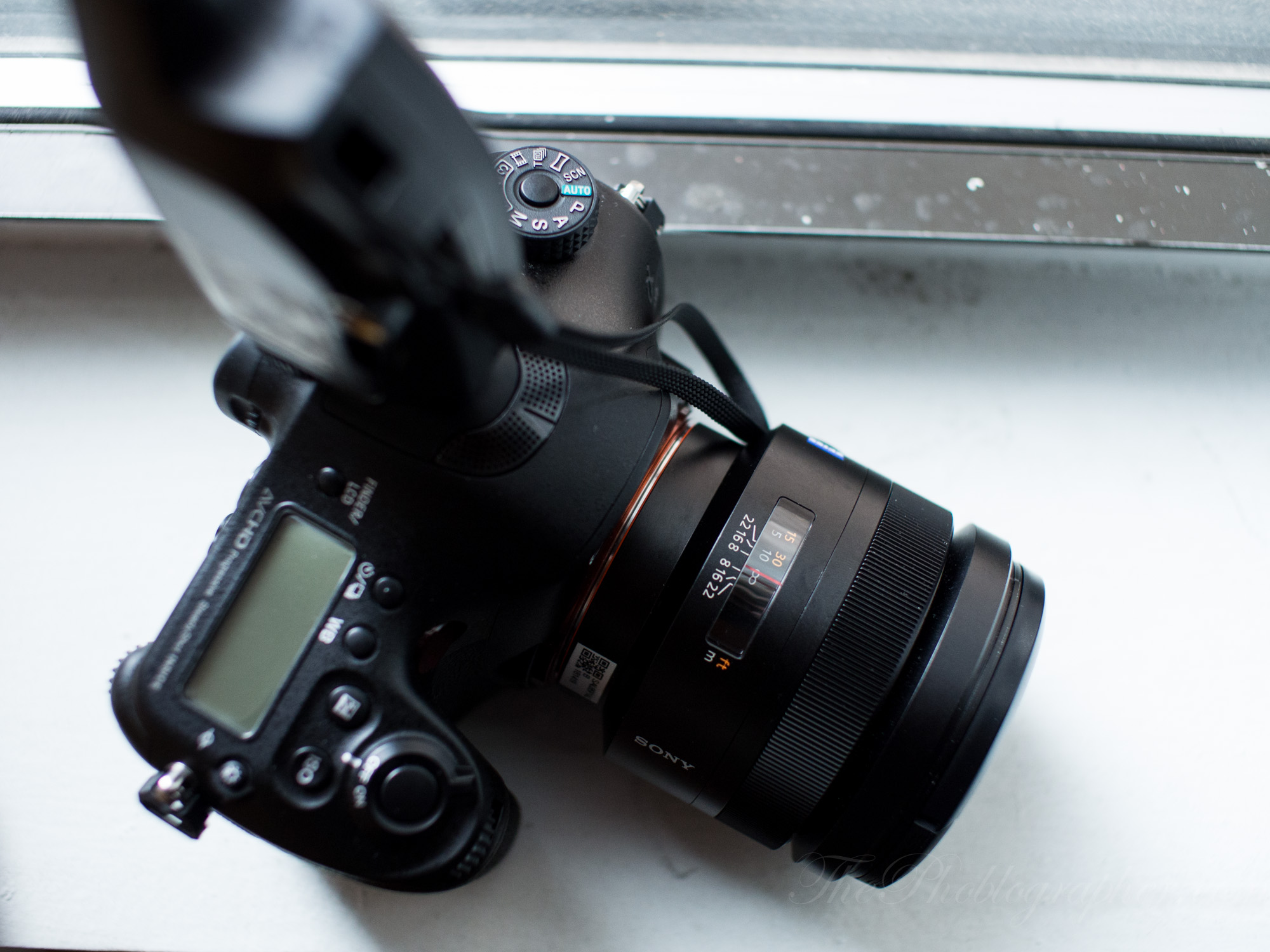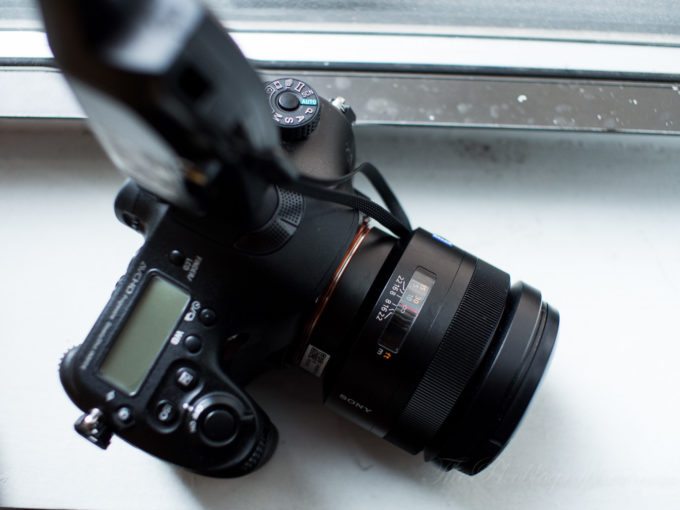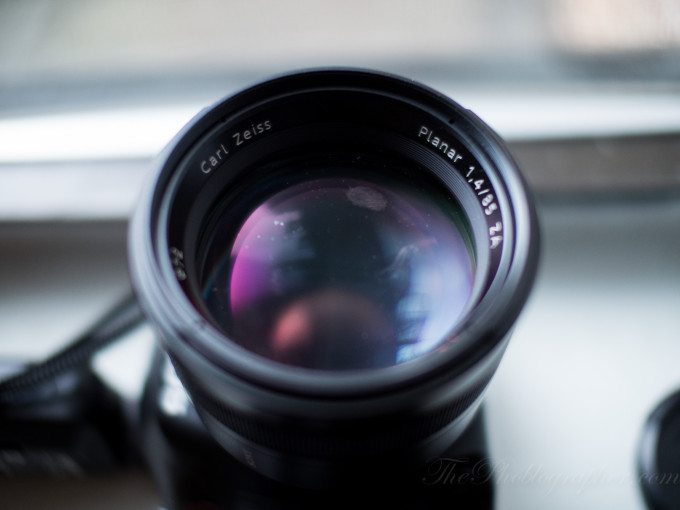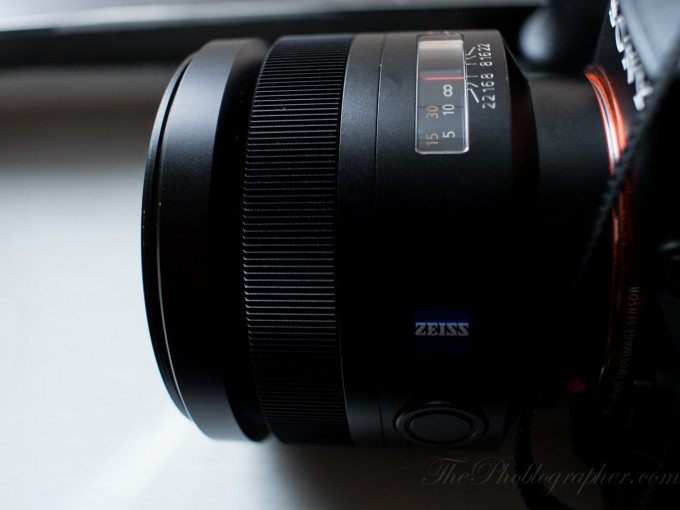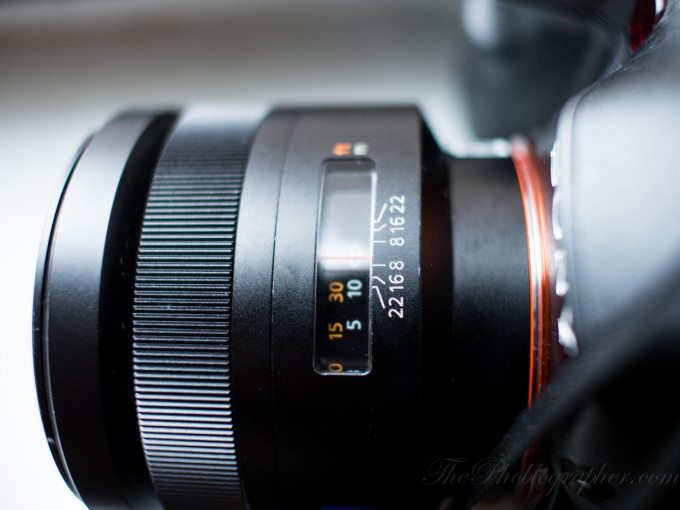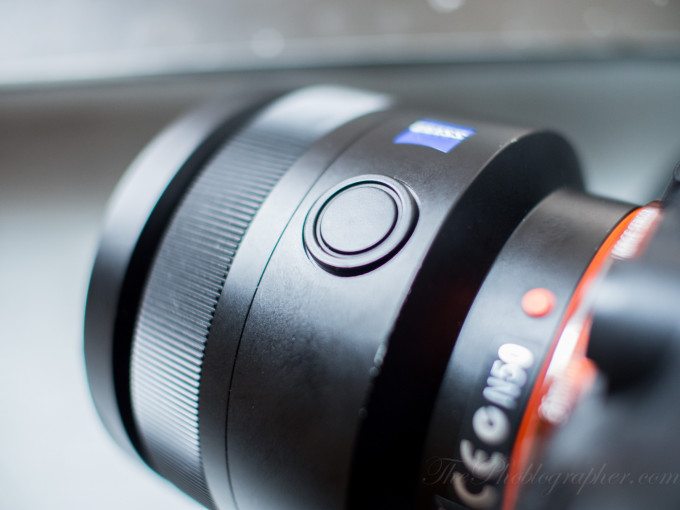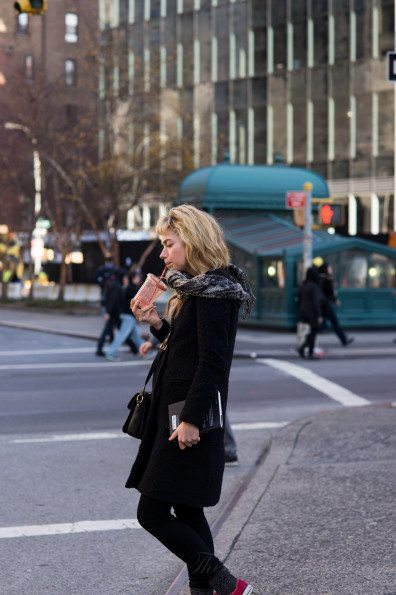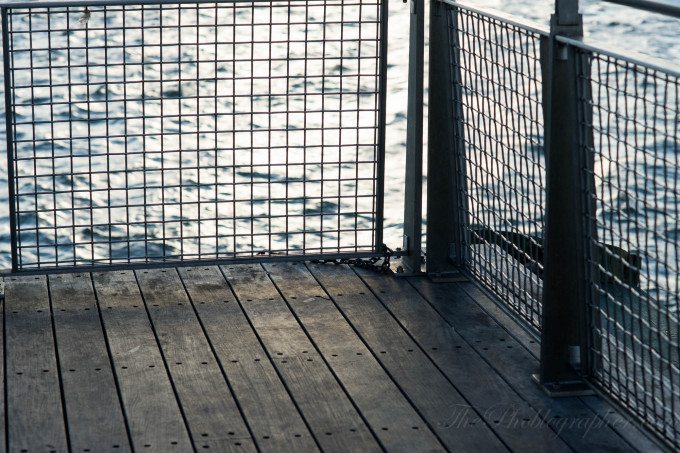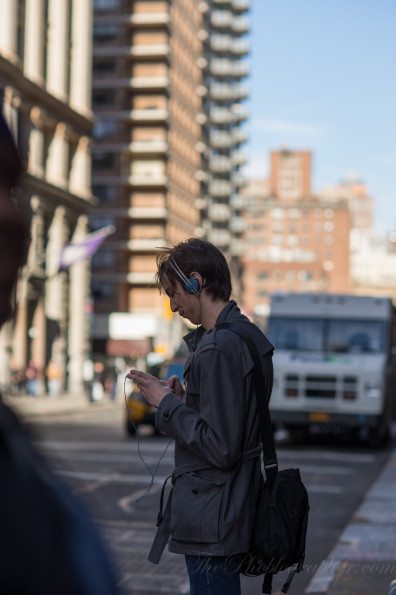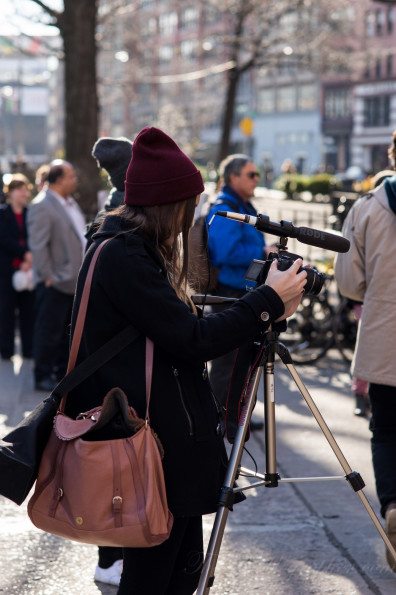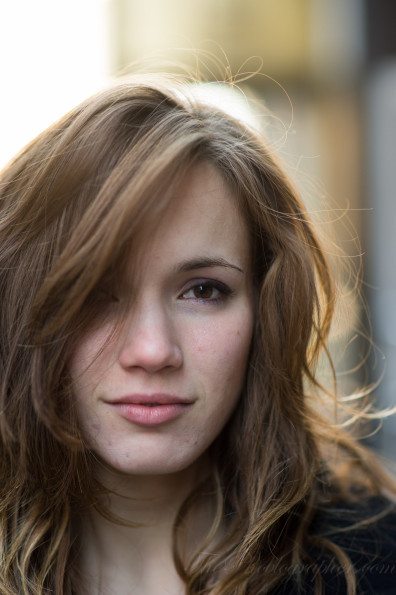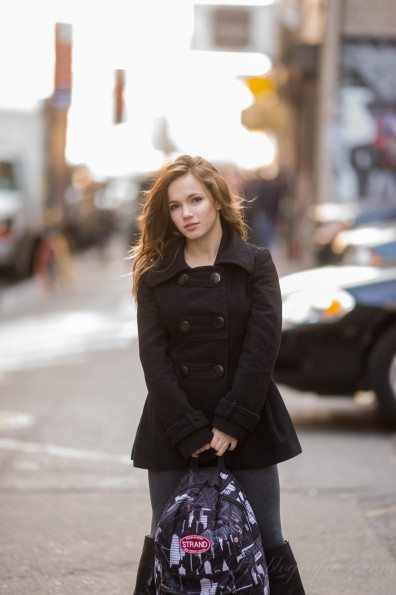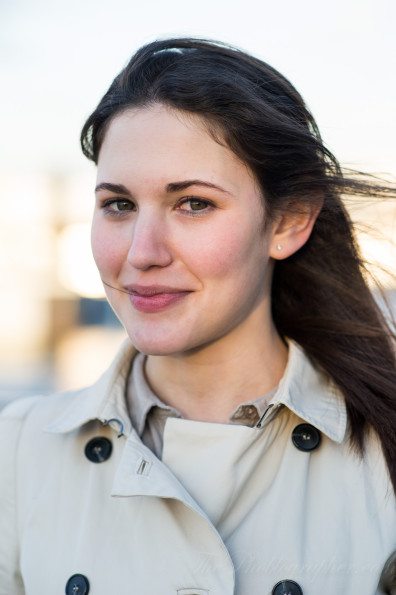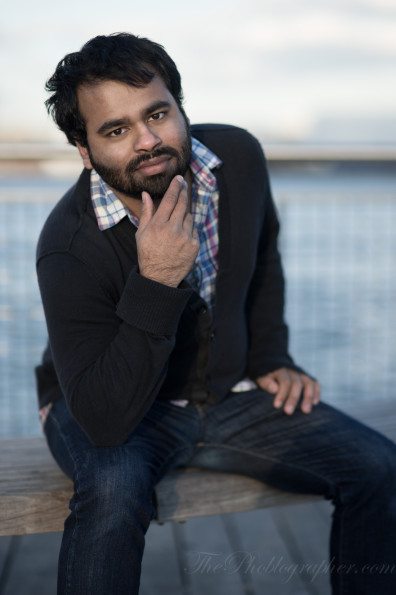Last Updated on 12/30/2012 by Gevon Servo
Sony’s 85mm f1.4 is the lens that many people in forums whisper about: for indeed it has been told that it exhibits razor sharp image quality, and incredible build and some awesome bokeh. During my time with the Sony A99, I was sent this lens to test. I had used it before, but this was the first time that I spent a long month with it.
And the legends–they’re all true.
Pros and Cons
Pros
– Super sharp image quality
– All metal exterior
– Nice depth of field scale
– Still a fairly small lens for the focal length
Cons
– Can be a bit heavy sometimes
– Slow focusing
– Pricey
Gear Used
For this review we used the Sony A99, 85mm f1.4, HVL-F60M, and the PocketWizard Plus III transmitters with a Paul C Buff Einstein E640.
Tech Specs
Technical specifications taken from the B&H Photo Video listing of the lens.
| Features | |
|---|---|
| Image Stabilization | No |
| Autofocus | Yes |
| Tripod Collar | No |
| Physical | |
|---|---|
| Filter Thread | Front: 72 mm |
| Dimensions (DxL) | Approx. 2.95 x 3.19″ (7.49 x 8.10 cm) |
| Weight | 1.43 lb (650 g) |
Ergonomics
The Sony 85mm f1.4 is by all means, a lens that feels like it means business. And this is first seen by the massive front element. We actually recommend a good UV filter to protect from things like accidental finger prints. Though in reality, that doesn’t really do much to image quality.
One of the disappointing things about the ergonomics on this lens though is the small focusing ring for manually focusing. But otherwise, it’s usually pretty smooth sailing.
The lens also has a very accurate and efficient depth of field scale that really works well.
At the side is a button that used to work for manual focusing switching but doesn’t anymore since the A99 (and other SLTs) hit the street. Now all that needs to be controlled within the body.
Build Quality
Sony’s 85mm f1.4 was a collaboration with Carl Zeiss, and with that said it features an all metal body. The build quality not only oozes with sexiness, but it also is extremely durable. For the best results though, we’d still recommend a lens hood and a UV filter.
Autofocus
Focusing with this lens is fairly straight forward in many respects. First off, you really just need to select the AF point on the DSLR (for the best and most consistent results), point it, and shoot. The lens can be noisy to focus due to an older focusing motor. But that really shouldn’t matter most of the time when it comes to traditional portraiture. If you’re using this lens during a wedding ceremony or even that requires lots of quiet, you instead may want to spring for the 50mm f1.4 or try manually focusing. Indeed, it can sometimes sound like a meat grinder.
Despite the loud mechanics, the lens’s relatively small size may compensate for the fact that it groans louder than your grandma when she gets out of a chair.
This lens does not work with the A99’s AF-D system; which is a mode that enables over 100 focusing points. AF tracking is also slow with this lens; so if you plan on using this to capture a subject in motion, you’ll need to pray a bit.
Manually focusing with this lens can be quite simple and a joy despite the smaller focusing ring. That’s the only part of this lens that doesn’t scream Zeiss optics to us; instead it harkens more to typical AF lens designs. When focusing though, the front element moves back and forth quite a bit–too much for my liking. Even though this lens is excellent, it may need a design upgrade in the future where the entire lens focuses internally.
Our version of the lens didn’t require any focus calibration; but I can easily see how this lens may need one due to the nature of the long focal length and shallow depth of field.
Ease of Use
As stated earlier, this lens is really just about pointing and shooting at your subject.
However, I tried it a couple of times for street photography and the depth of field scale can be very useful for that when the lens is switching into manual focus mode. In real life use though, I was often very far from my subjects and they rarely ever saw me. With that said, autofocusing may be the best option.
If you’re a street fashion photographer, you may want to spring for this lens unless you prefer to get closer up to your subjects.
Image Quality
Overall image quality for the 85mm f1.4 is really, really good.
A word of notice though: during our review, I had my MacBook Retina Display’s resolution not set to the best for image editing in Lightroom. The result: I was a bit disappointed in the results and at times even thought that maybe the camera was misfocusing. After some screen calibration though I found that the lens was actually deadly sharp; and that I wasn’t imagining the results I had seen before. With that in mind, remember that this lens is capable of producing excellent image quality for portraits.
Sharpness
Overall lens sharpness is exceptional and gets better down to f5.6. In our real life tests, we saw excellent sharpness in the corners and the center area. Additionally, the lens resolved tons of detail–which sometimes made retouching a bit more work than we’d typically like. For the simplest workflow, we used Perfectly Clear.
For the best results in camera, use studio lights to add more specular highlights to your image and therefore bring out more details and enhance perceived sharpness.
Color Fringing
When doing studio tests, we saw very trace amounts of purple fringing and no green fringing at all. However, these are easily corrected once again in Lightroom 4.
Distortion
There was no perceivable distortion that we saw when shooting with this lens; and Lightroom 4 doesn’t even have a profile for it. That means that when you’re shooting portraits, you’ll also have less work to do.
Here are some more image samples.
Conclusions
In the end, we really can’t have any major complaints against the Sony 85mm f1.4. The build quality is impeccable, the image quality overall is something to brag about to all your friends, and it’s a lens that you will never get tired of using. Despite all this, it can come with a very high price tag depending on the season and it can be loud to focus. Otherwise though, you’ll get your money’s worth for this lens.
We’d only recommend it to a serious portrait photographer though; otherwise Sony has a very good 24-70mm f2.8 that can be a close alternative, but nothing like what this lens can deliver.
Please Support The Phoblographer
We love to bring you guys the latest and greatest news and gear related stuff. However, we can’t keep doing that unless we have your continued support. If you would like to purchase any of the items mentioned, please do so by clicking our links first and then purchasing the items as we then get a small portion of the sale to help run the website.


